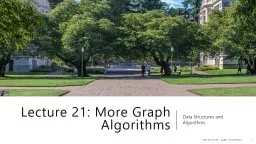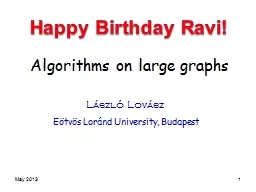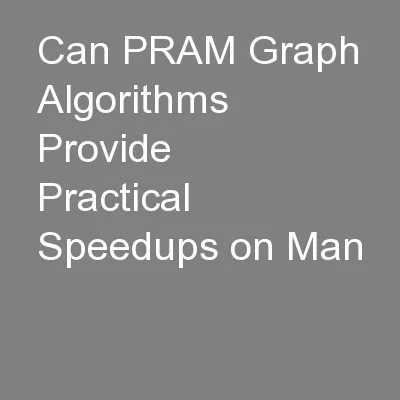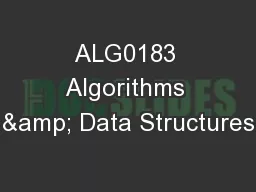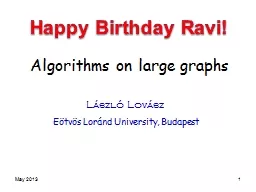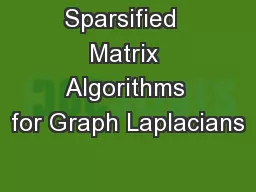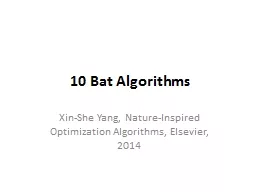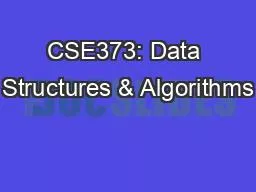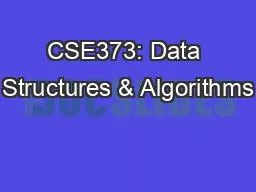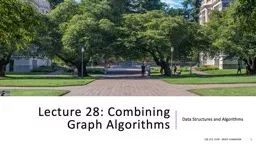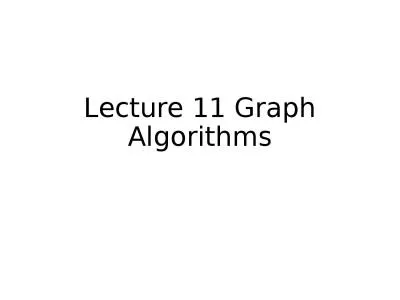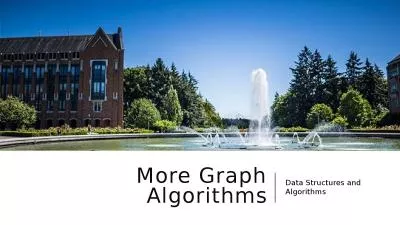PPT-Lecture 21: More Graph Algorithms
Author : adhesivedisney | Published Date : 2020-06-23
Data Structures and Algorithms CSE 373 19 SP Kasey Champion 1 Administrivia We clarified Exercise 5 Problem to explicitly mention worstcase CSE 373 SP 18 Kasey
Presentation Embed Code
Download Presentation
Download Presentation The PPT/PDF document "Lecture 21: More Graph Algorithms" is the property of its rightful owner. Permission is granted to download and print the materials on this website for personal, non-commercial use only, and to display it on your personal computer provided you do not modify the materials and that you retain all copyright notices contained in the materials. By downloading content from our website, you accept the terms of this agreement.
Lecture 21: More Graph Algorithms: Transcript
Download Rules Of Document
"Lecture 21: More Graph Algorithms"The content belongs to its owner. You may download and print it for personal use, without modification, and keep all copyright notices. By downloading, you agree to these terms.
Related Documents

